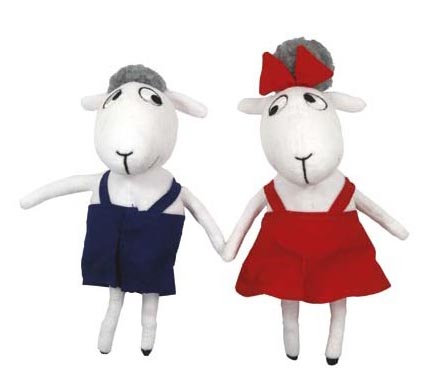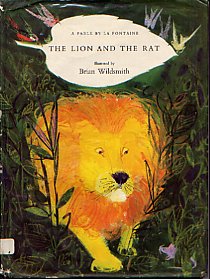In our library collection alone we have 12 different spins:
- The Three Little Fish and the Big Bad Shark (Ken Geist)
- The Three Little Rigs (David Gordon)
- The Three Little Pigs and the Fox (William H. Hooks)
- The Three Little Wolves and the Big Bad Pig (Eugenios Trivizas)
- The Three Little Pigs (David Weisner)
- The Three Little Pigs (James Marshall)
- The Three Little Pigs (Tony Ross)
- The True Story of the Three Little Pigs (John Scieszka)
- The Three Little Pigs: The Graphic Novel (Lisa Trumbauer)
- The Three Little Pigs = Los Tres Conditos (Merci Escardo i Bas)
- The 3 Little Dassies (Jan Brett)
Of course, this also includes Susan Lowell's The Three Little Javelinas, and rightfully so. If I have anything to say about these twelve takes on a familiar story it's that they each stand out as being fully original and independent takes on the story. And additionally, they all pull it off really well.
The Three Little Javelinas is no exception. Take the story you've heard since you were in nursery school out of the woods and drop it into the southwest. Swap the swine for hairy hog-like animals. Trade the straw, sticks, and bricks for tumbleweed, saguaro sticks, and adobe. Oh, and give the wolf a day off. The coyote will take it from here.
Perhaps the most effective aspect of the story for me is how it wraps up. Much like the pourquoi (or "why") tales of the Native Americans, this story concludes with an explanation of why the coyote howls or calls out each night.
A fitting end to this Shelf Challenge, as I found myself pushing through the final 45 books of the collection in order to finish off the "L's"...not without some howling of my own!
- Matthew





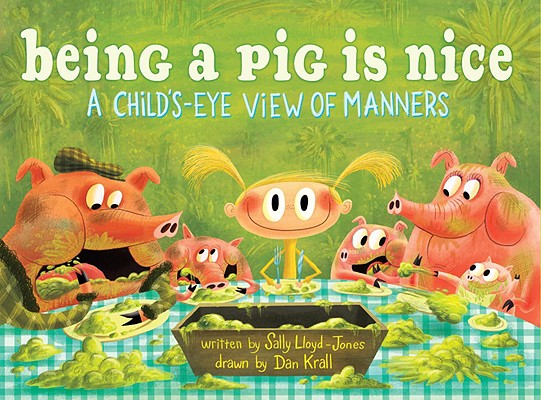


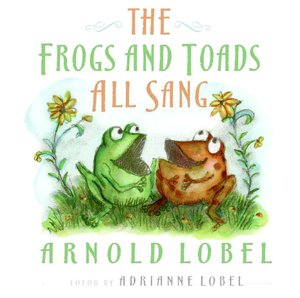








.JPG)


.JPG)




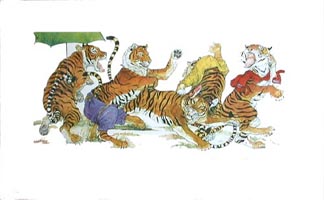




.JPG)
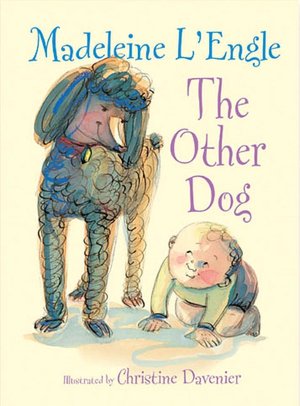
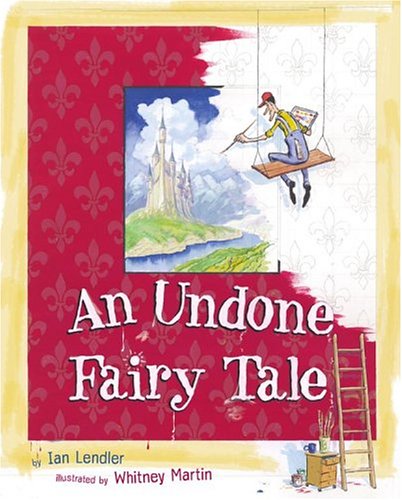


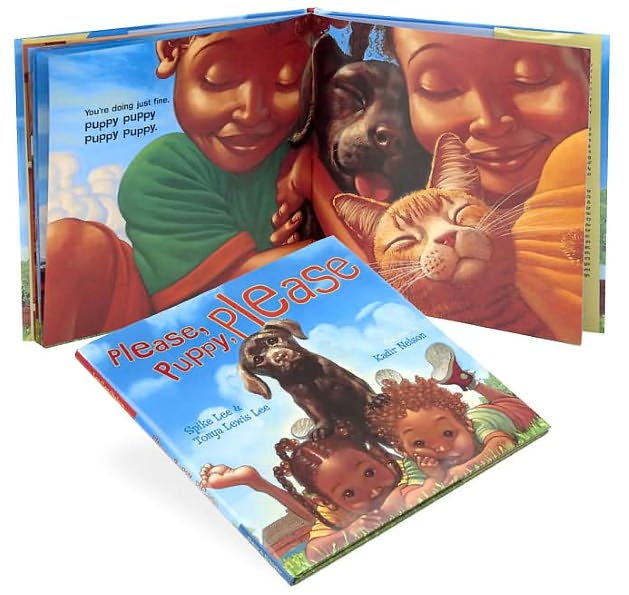



.JPG)

.JPG)



